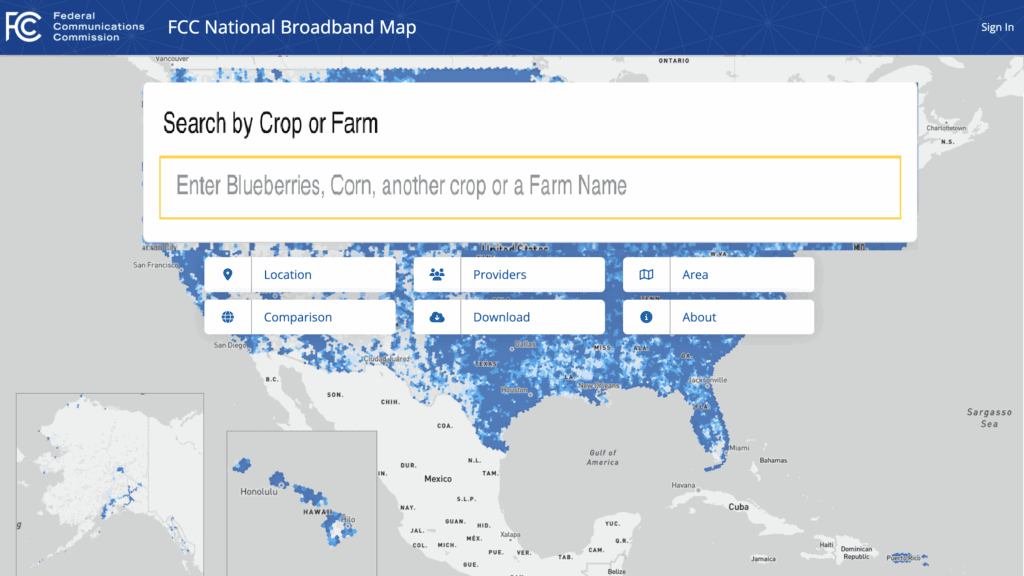NTCA Says Government Should Prioritize Fiber for BEAD Support
Randy Sukow
|

In recent years, fiber has been the clear favorite over fixed wireless or satellite connections for government agencies seeking to build broadband to unserved and underserved regions. NTCA–The Rural Broadband Association in recent comments to the Commerce Department’s National Telecommunications and Information Administration (NTIA), urged the agency to continue a fiber-first approach.
“Various technologies will of course have a place in ensuring ‘Internet for All,’ but NTIA and Eligible Entities [states] should pursue all avenues in prioritizing the deployment of fiber infrastructure to as many locations as possible, before turning to other reliable broadband technologies [hybrid fiber coaxial, DSL and licensed fixed wireless] to eligible locations where necessary and then finally looking to the use of alternative [i.e., non-reliable] technologies in very limited circumstances,” NTCA said in joint comments filed with ACA Connects–America’s Communications Association.
In August, NTIA, which is distributing funds from the Broadband Equity, Access, and Deployment (BEAD) program through the states, asked for comments on a draft policy statement reopening the question of “alternative technologies.” Under current rules, the states and District of Columbia may award funding to projects that include satellite or unlicensed fixed wireless only when needed to reach all unserved and underserved households. The draft statement slightly widens potential alternative technology eligibility.
Some in Congress and industry have pushed NTIA to adapt a more technology-neutral approach. “NTIA, to its credit, seems to finally be showing an openness to alternative technologies like unlicensed fixed wireless and low Earth-orbit satellite,” House Energy and Commerce Committee Chair Cathy McMorris Rodgers (R-WA) said during a recent committee hearing. “By failing to do this from the beginning they have wasted time and money, which only results in fewer Americans getting connected.”
NTCA/ACA Connects said that in the absence of fiber, states should “first fund those [technologies] that bring fiber closest to eligible locations.” For example, a fiber connection might feed an fixed wireless service to the home. A provider could later upgrade that subscriber to a direct fiber connection. Funding for low earth orbiting (LEO) satellite services, such as SpaceX’s Starlink, should be the “last resort,” they said.
From the alternative technology advocates, CTIA – The Wireless Association in its comments claimed that the $42.5 billion available for BEAD support will not cover construction of fiber to all unserved and underserved areas. It said that some states have come to realize that a fiber-first philosophy “will deplete their BEAD allocations and leave them short of delivering Internet for All.” Fixed wireless at 100 Mbps downstream and 20 Mbps upstream in remote areas, sometimes faster, will go further to reach all homes at a lower cost.
The draft policy clarifies BEAD would cover alternative technologies when there is no other fiber or “other reliable broadband” proposals are on the table. With that in mind, CTIA called for NTIA to allow each state “to design the competitive process and award subgrants to providers that best meet its need.” It urged allowing the states flexibility in designing the competitive process to remove delays to grant selections.
The R Street Institute, a public policy research organization, focused its comments on LEO. “Emerging satellite companies, such as Space X’s Starlink and Amazon’s Project Kuiper, are already picking up more slack to expand the reach of traditional internet access providers. LEO broadband should be a tool in every state’s toolkit and the BEAD should support states’ use of those technologies, full stop,” it said.
The issue with LEO has been that it is so structurally different from other broadband business approaches. BEAD supports construction of local fiber and wireless networks on a state-by-state basis. NTIA must device other procedures for states to support a global network. R Street complains that the NTIA draft policy is too narrow to accommodate LEO and other alternative technologies.
NTCA/ACA strongly disagreed. The NTIA draft statement, they said, suggests states use BEAD funds “for the reservation of network capacity.” They called that approach “unworkable,” noting that it would be difficult for states to account for satellite capacity used over multiple jurisdictions.
“Given the many complex questions that remain unanswered, we believe the most thoughtful course would instead be for NTIA to issue a separate follow-on notice seeking more focused comment on how subsidizing shared connectivity on LEO systems could work as a practical matter,” NTCA/ACA said.


